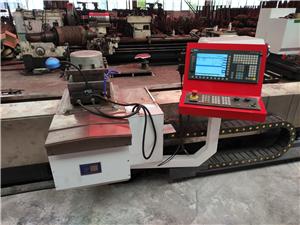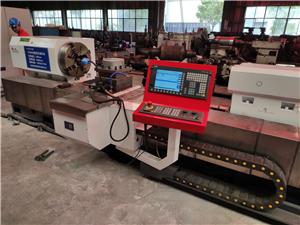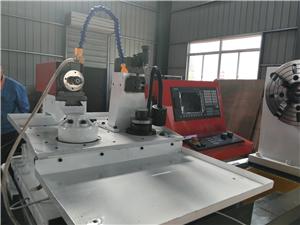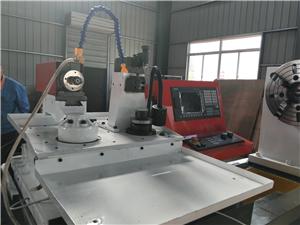What are the accuracy indicators of small CNC lathes?
The precision indicators of small CNC lathes are roughly divided into: positioning accuracy and repeat positioning accuracy; resolution and pulse equivalent; indexing accuracy. Positioning accuracy refers to the directness between the actual movement position and the commanded position of a mobile part such as a small CNC lathe table. The inconsistent difference is the positioning error. Factors that cause positioning errors include servo system, detection system, feed drive and guide rail errors. The positioning error directly affects the dimensional accuracy of the machined part. Repeated positioning accuracy refers to the consistency of the results obtained after completing the prescribed operation multiple times under the same operating mode and conditions. Repeated positioning accuracy is usually a random error with a normal distribution, which will affect the consistency of batch processing parts. It is a very heavy performance indicator. The positioning accuracy of a general small CNC lathe is 0.018mm, and the repeat positioning accuracy is 0.008mm. Resolution and pulse equivalent: Resolution refers to the small displacement gap that can be resolved. For the measurement system, the resolution is a small displacement that can be measured, and for the control system, the resolution is a small displacement that can be controlled. Pulse equivalent is the amount of displacement generated by the machine's displacement components without an index signal from the index control device. Indexing accuracy: Indexing accuracy refers to the difference between the actual rotation angle and the commanded rotation angle when the indexing table is indexing. Indexing accuracy affects the angular position of the part processing part in space, and also affects the coaxiality of hole processing.




